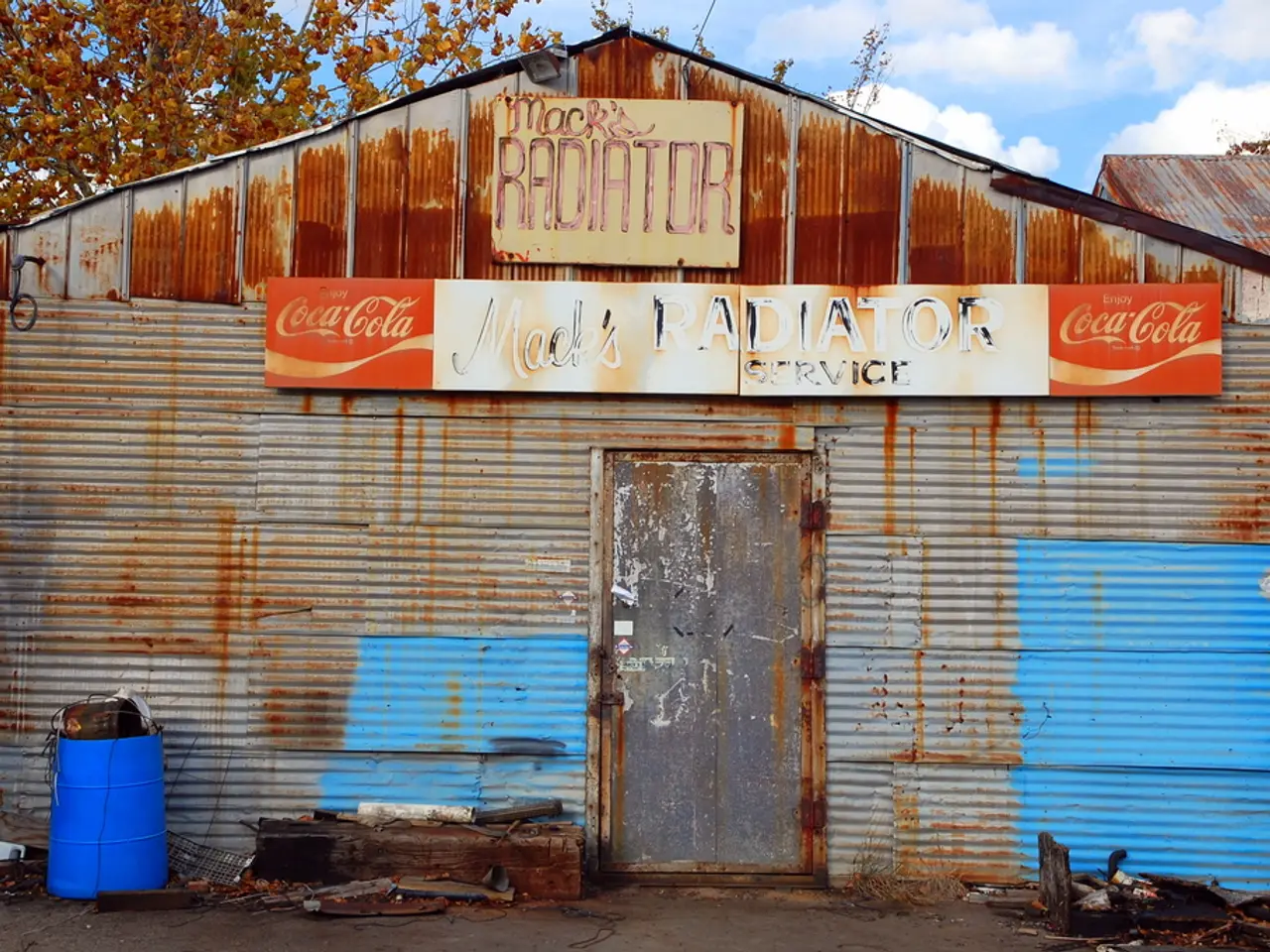Abandoned fishing nets yield significant amount of nylon waste
In the heart of the Adriatic Sea, not far from the Port of Pola, a significant event took place as part of Healthy Seas' tenth anniversary celebration. A seabed cleanup, involving 350 volunteers from all over the world, was carried out to remove abandoned fishing nets and plastic waste from the ocean.
The volunteers, equipped with two fixed nets, one about forty meters long, one roughly half that length, a handful of crab traps, a cage, a rusty anchor, and piles of unrecognizable net remains, and three tires, worked tirelessly to clean the ocean floor. This cleanup was just one of the many initiatives Healthy Seas has undertaken over the past decade.
Healthy Seas began as a small initiative of 15 activists focused on marine conservation and combating ocean pollution. Over time, it has expanded significantly to include 350 volunteers who participate in collecting ghost nets and marine debris from the seas to prevent harm to marine life.
A key element of Healthy Seas’ growth and global impact has been its collaboration with the textile industry, particularly with Aquafil, a company that recycles collected fishing nets into Econyl® yarn, a sustainable material used in fashion and other industries. This partnership creates a circular economy model by transforming ocean waste into valuable raw materials, promoting sustainability and raising awareness about marine pollution.
In the past ten years, Healthy Seas has collected over 900 tons of lost and abandoned fishing gear. About half of this total has been processed by Aquafil, a textile company from Arco. The regenerated nylon produced is adopted by global brands such as Gucci, Dior, Speedo, Arena, Patagonia, Burberry, and Adidas.
Healthy Seas is based on three equally important actions: recycling, education, and prevention. The educational aspect aims to raise children and young people's environmental awareness, while prevention aims to raise awareness among fishermen and train them in sustainable fishing practices. Fishermen are considered partners in the solution rather than enemies.
Healthy Seas' activities have expanded to over two hundred locations worldwide. From Northern Europe to Asia, and most recently the California coast, the "clean-up" actions have been conducted. This global reach has been instrumental in supporting the development of eco-friendly textile products and engaging communities and industries globally on ocean restoration initiatives.
While detailed timelines of this growth and the extent of global impact are not directly available, the growth from 15 activists to 350 volunteers and the collaboration with Aquafil are well recognized as milestones for Healthy Seas' success in marine conservation and sustainable material innovation. For more precise historical data and specific impact metrics, additional specialized sources or Healthy Seas’ official communications would be recommended. As Healthy Seas approaches its thousand-ton milestone, the future of marine conservation and sustainable material innovation looks bright.
The science of environmental-science played a crucial role in the seabed cleanup organized by Healthy Seas, providing knowledge and strategies for effectively removing abandoned fishing nets and plastic waste from the ocean. As the initiative grew, it incorporated lifestyle changes by partnering with the textile industry, such as home-and-garden brands, to create eco-friendly products using the recycled nylon from the collected waste, thus promoting a sustainable lifestyle. Theersafter, the environmental-science findings from Healthy Seas' research were shared with educational institutions, thereby influencing the lifestyle choices of future generations.




